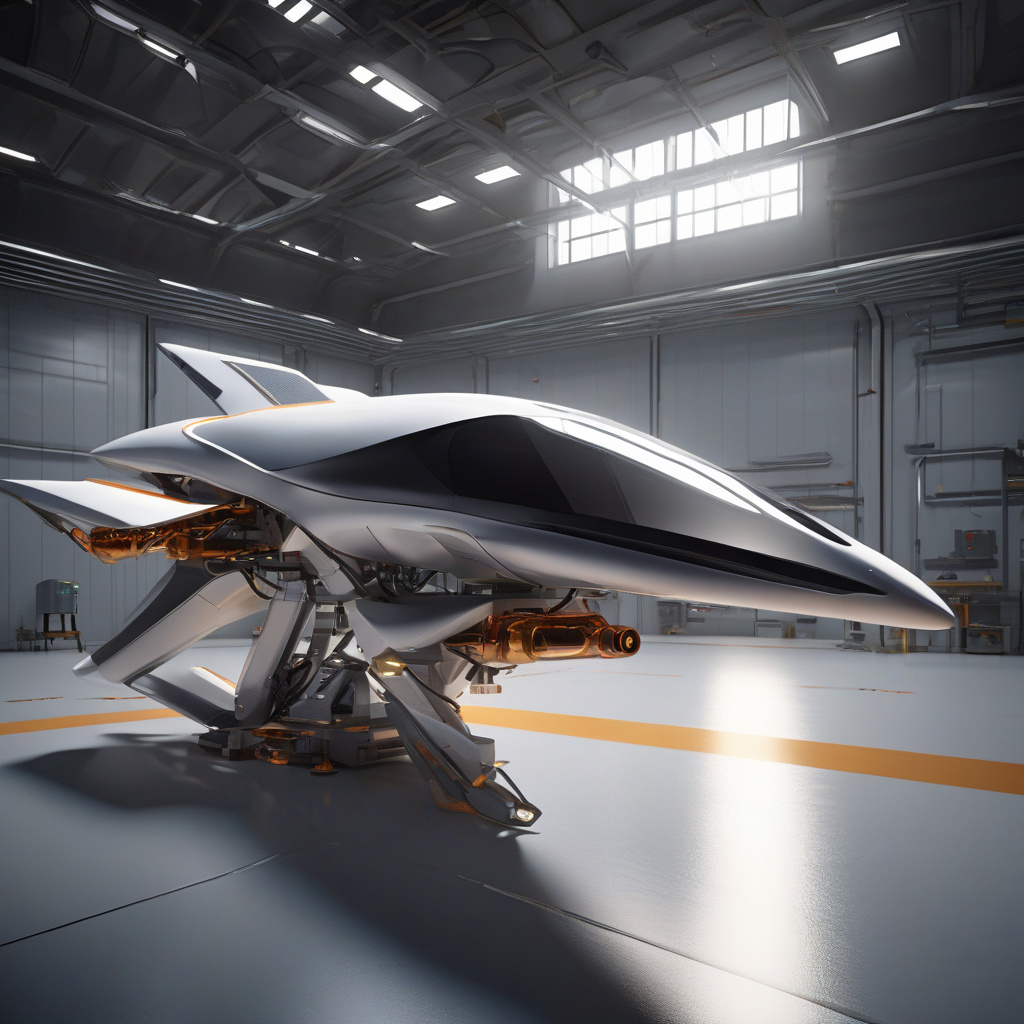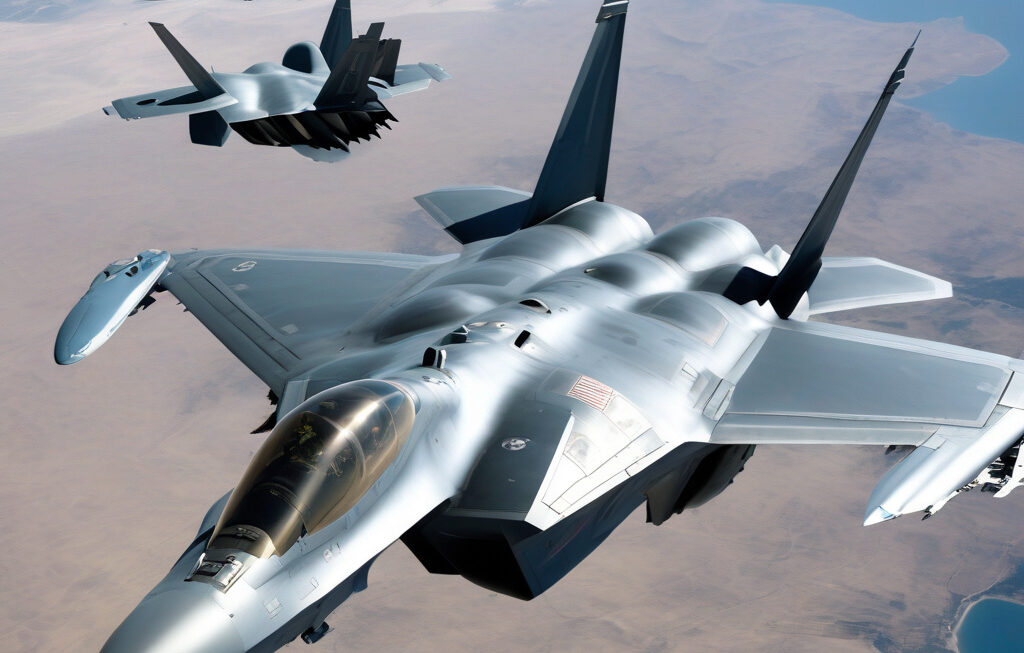China’s New ‘Scissor Wing’ Project Could Revive a Hypersonic Drone Concept
Chinese engineers are reportedly working on their own version of the oblique wing concept. Developed in the 1950s by NASA engineer Robert T. Jones, the oblique wing design aims to improve aircraft fuel efficiency and performance by allowing the wing to pivot mid-flight. This innovative approach has resurfaced in China’s recent endeavors, sparking excitement and curiosity within the aviation industry.
The concept, dubbed the ‘scissor wing’ project, involves a drone equipped with wings that can pivot during flight, changing the aircraft’s configuration to adapt to different flying conditions. This design offers several potential advantages, including enhanced maneuverability, increased speed, and greater fuel efficiency. By adjusting the wing angle in real-time, the drone can optimize its performance for various tasks, from surveillance missions to payload delivery.
One of the key motivations driving China’s interest in the scissor wing concept is the pursuit of hypersonic technology. Hypersonic vehicles, capable of traveling at speeds exceeding Mach 5, present a new frontier in aerospace innovation. With the ability to reach targets rapidly and unpredictably, hypersonic drones have the potential to revolutionize military operations, intelligence gathering, and emergency response.
By incorporating the oblique wing design into hypersonic drone development, Chinese engineers aim to overcome some of the technical challenges associated with high-speed flight. The ability to adjust the wing configuration in response to changing aerodynamic forces could improve stability and control, addressing concerns about maneuverability and control at hypersonic speeds.
Moreover, the scissor wing concept aligns with China’s broader efforts to advance its domestic aerospace capabilities. As a growing global power, China has increasingly invested in cutting-edge technology and innovation to strengthen its position in the aerospace industry. By exploring novel design concepts like the scissor wing, Chinese engineers demonstrate their commitment to pushing the boundaries of traditional aircraft design and performance.
While the development of the scissor wing project is still in its early stages, the potential implications are significant. If successful, this innovative approach could pave the way for a new generation of hypersonic drones with unprecedented capabilities. From military applications to civilian uses such as rapid cargo delivery or disaster response, the versatility of hypersonic drones equipped with scissor wings could reshape the future of aviation.
As China continues to invest in research and development in the aerospace sector, the progress of the scissor wing project will be closely watched by industry experts and enthusiasts worldwide. The convergence of the oblique wing concept with hypersonic technology represents a bold step towards realizing the full potential of unmanned aerial vehicles in the 21st century.
In conclusion, China’s new ‘scissor wing’ project holds promise for reviving the hypersonic drone concept and pushing the boundaries of aerospace innovation. By integrating the oblique wing design into high-speed drone development, Chinese engineers aim to unlock new possibilities for aerial operations and redefine the capabilities of unmanned aircraft in the modern era.
#China, #ScissorWing, #HypersonicDrone, #AerospaceInnovation, #AviationTechnology












